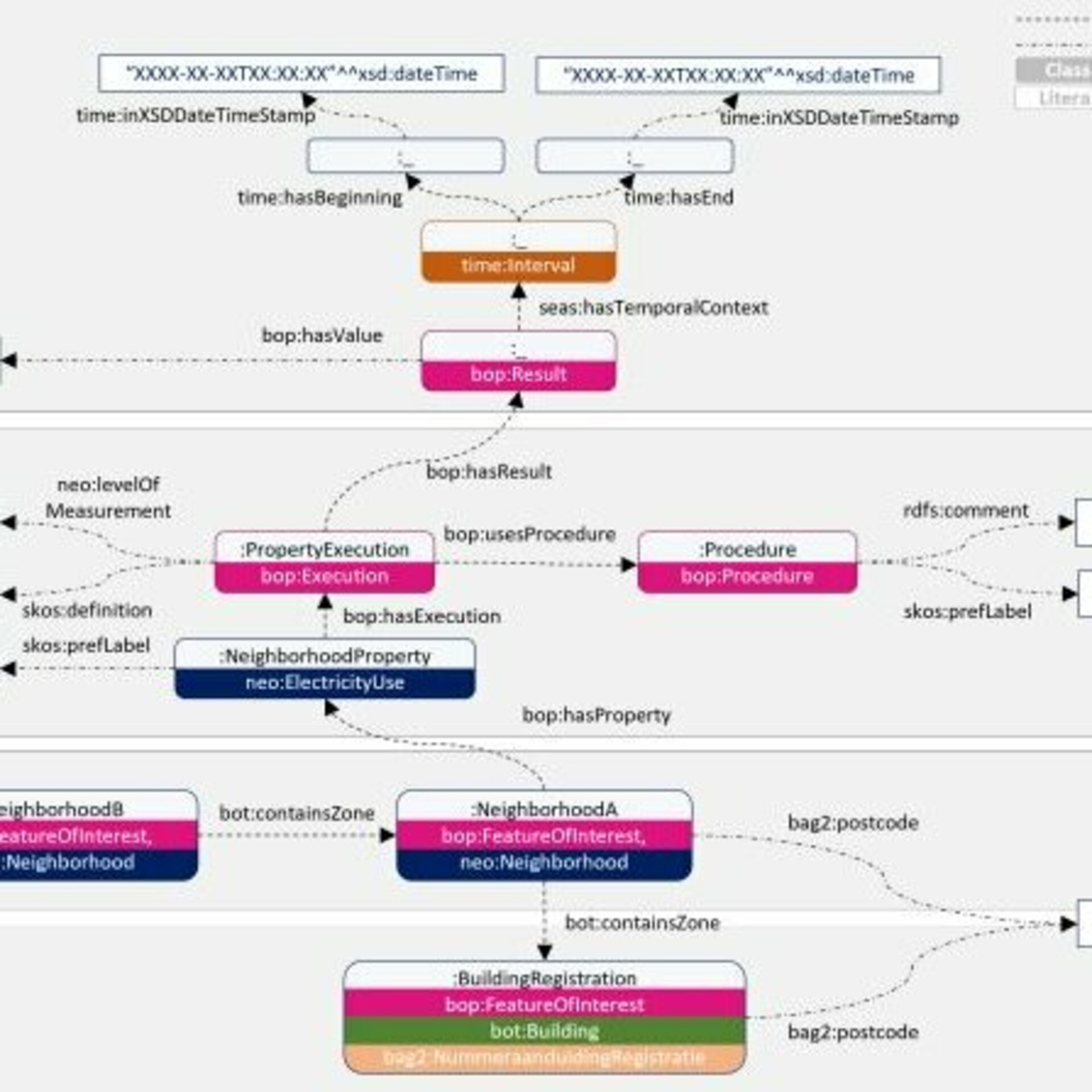| EngD trainee | Sander de Meij |
| Project | Linked Data for Smart Neighborhood – Making Urban Energy Use More Meaningful Using Semantic Digital Twins |
| University supervisor | Dr. D. (Dujuan) Yang & Ir. A.J.A. (Alex) Donkers |
| Company supervisor | Drs. Ing. M. (Matthijs) Klepper & Dr. F. (Frank) Mertz |
| Name of company | Royal KPN N.V. (KPN) |
| Period of project | October 2021 – September 2023 |

Linked Data for Smart Neighborhood – Making Urban Energy Use More Meaningful Using Semantic Digital Twins
There is great potential in urban energy modelling for mitigating the effects of increasing energy consumption in cities. However, existing urban energy models mostly don’t allow for a combination of top-down and bottom-up analysis.
Moreover, there is limited integration of traditional building information and urban data in general. Therefore, semantic web technologies and Linked Data are proposed as a solution.
This project suggests a novel data integration structure, the Neighborhood Energy Ontology (NEO). This ontology aims to connect urban data from different domains and scales to provide more intelligible insight to the end user. In order to assist with this goal, a (semantic) digital twin is created which allows the end-user to interact with the data and come to new insights. Using this digital twin, several use cases are explored. Multiple definitions of energy poverty are incorporated into the digital twin, which allows the user to compare, investigate and scrutinize the available data in a novel way.
Moreover, in order to assess the possibilities of data on multiple spatial scales, the possibility of incorporating building level energy level to the urban level is explored.
Finally, the available data is used to predict missing data using a Random Forest model, which provides additional insight into the first use case of energy poverty. It is suggested that the created ontology, in combination with the dashboard, is a suitable proof-of-concept to show how semantic solutions can aid in improving the potential of urban energy modelling to mitigate the adverse effects of increasing urbanization.
